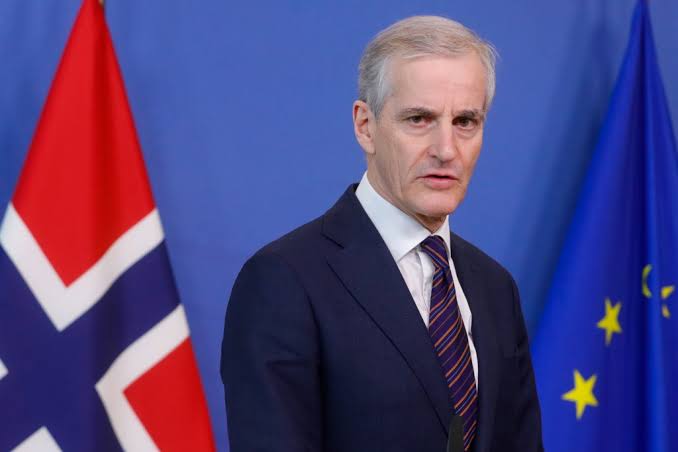Norway has announced it will allocate 100 million Norwegian kroner (approximately $9.5 million) to continue evacuating severely wounded Ukrainians for treatment in Europe, the Norwegian newspaper VG reports.
Since August 2022, a converted SAS (Scandinavian Airlines System) aircraft has been transporting wounded individuals from Ukraine to other European countries for treatment. The agreement between Norway and the EU was set to expire in November, but Norway has decided to extend it until April next year.
“It is very important to bring some of the seriously injured for treatment. We have an aircraft and crew with great international recognition to do this job,” Norwegian Prime Minister Jonas Gahr Støre said.
“Unfortunately, the demand is still high. That’s why we are continuing it,” Støre explained the decision to continue the program.
He revealed that nearly half of those flown out of Ukraine for inpatient treatment were evacuated by Norwegian aircraft, totaling 1,931 patients.
The Prime Minister detailed that many patients suffer from cancer, injuries, severe burns, and limb fractures. They are flown to Poland and then transported to hospitals across Europe. Some 400 patients aboard the Norwegian Medevac aircraft received treatment in Norway itself.
This commitment to humanitarian aid comes alongside Norway’s recent military support for Ukraine. The Norwegian government has allocated an additional 570 million Norwegian kroner ($55 million) to the International Fund for Ukraine to purchase drones and air defense systems.
The Norwegian arms company Nammo will transfer a license to Ukraine for the production of 155mm artillery shells.
The Norwegian government proposed on 20 September increasing support for Ukraine by 5 billion Norwegian kroner ($479 million) this year and providing at least 15 billion Norwegian kroner ($1.4 billion) annually until 2030.
Read also:
- Norway boosts security measures with drones and army along Russian border
- Norway to increase support program for Ukraine to $ 13 billion
- Norway detects radioactive cesium-137 near Russian border, launches investigation



